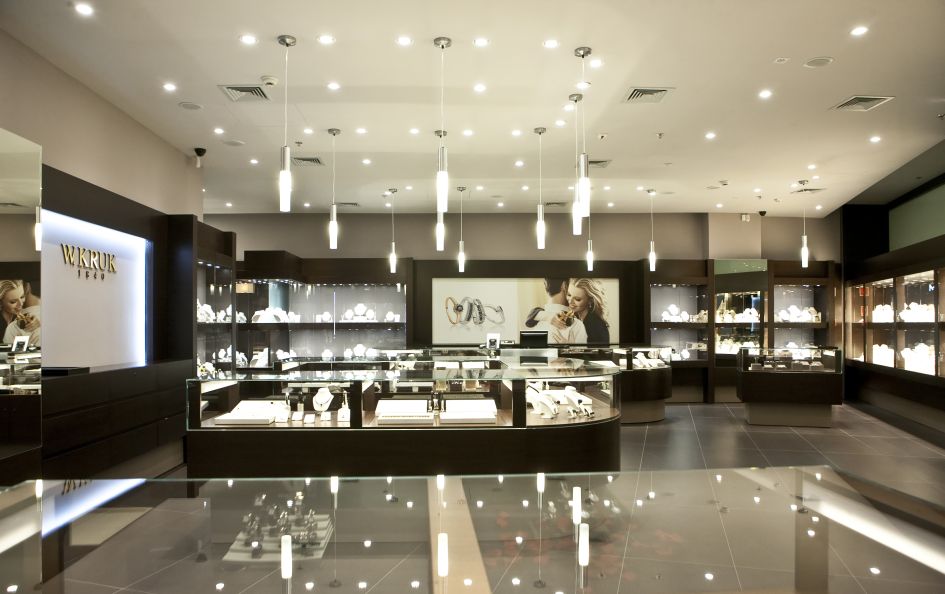Veteran visual merchandiser and window dresser Lisardo Mendo offers tips on how retailers can make the most out of lighting.
Both large department chain stores and smaller outlets usually fail to take advantage of the different options for interior and exterior lighting.
Changes in brightness, filters, and the temperature or positioning of the lights can increase sales, emphasizing one product above the others, or highlighting its color characteristics. Different lighting causes consumers to feel different emotions: feelings of comfort, perceptions of freshness, etc. Spatial perception can be altered using variations in the colour temperature, brightness, and intensity of lighting. The same factors can also be used to create different emotions, inviting consumers to buy.
Despite the current fashion for neuromarketing (the study of techniques that, either consciously or unconsciously, influence consumers’ behavior through their senses), the retail sector has yet to take full advantage of lighting (or the lack of it) as a resource. According to experts in visual merchandising and lighting for the retail trade, stores are already switching traditional, incandescent lights for LEDs in the search for economy, but they have yet to change the number of spotlights or redesign their layouts.
Playing with the illumination can create different atmospheres, feelings and perceptions and in turn:
-
Certain products can be highlighted over others, assisting the sale of surplus stock. For example, before the change of season in the fashion trade or during sales periods, or to boost either a promotion, the new season’s stock or to highlight a star product.
-
Although in general, corridors and passageways should have lower intensity lighting in order to ensure there are no distractions, specially-designed lighting can create specific routes for customers to follow, leading to particular areas or products.
-
The color temperature of the lighting can enhance a product’s characteristics. Bright lights and cold hues are associated with cleanliness, and they are used in jewelries, for example, where a cold LED would enhance the brightness or properties of a diamond.
In other words, what works best for one may not work for another. Many large fashion chains in Europe, for example, are not taking advantage of everything that lighting can offer. However, one example of a fashion store that has woken up to the benefits of good lighting is Desigual, whose distinctive clothing has clear personality that emphasizes different colors and styles and requires flexibility from one season to another. Therefore Desigual uses specialized lighting in all its stores, in line with the image that it wants to portray, therefore giving the store character and making the brand easily recognizable all over the world, either from the inside or the outside.
 |
|
An example of jewlery retailer W. KRUK's shop lighting. (Photo courtesy of GE Lighting) |
Another part of the retail sector which is paying more attention to lighting includes the supermarkets and large department stores. Large supermarkets, such as Carrefour or Sainsbury’s, are compartmentalizing their product zones more and more, differentiating the clothing or pharmacy areas from the food or cleaning products, emphasizing the positioning of furnishings and products by the use of lighting. The aim is to draw customers in and make them feel that they are really in a clothes store or pharmacy and not in a giant supermarket.
Shopping centers are normally plain and well-lit. This general lighting allows the stores and brands to play with their own lighting strategies to make their products stand out. A prime example is the case of Carolina Herrera whose sections within large department stores have their own furnishings and lighting, emphasizing the unique personality that the brand wants to transmit.












